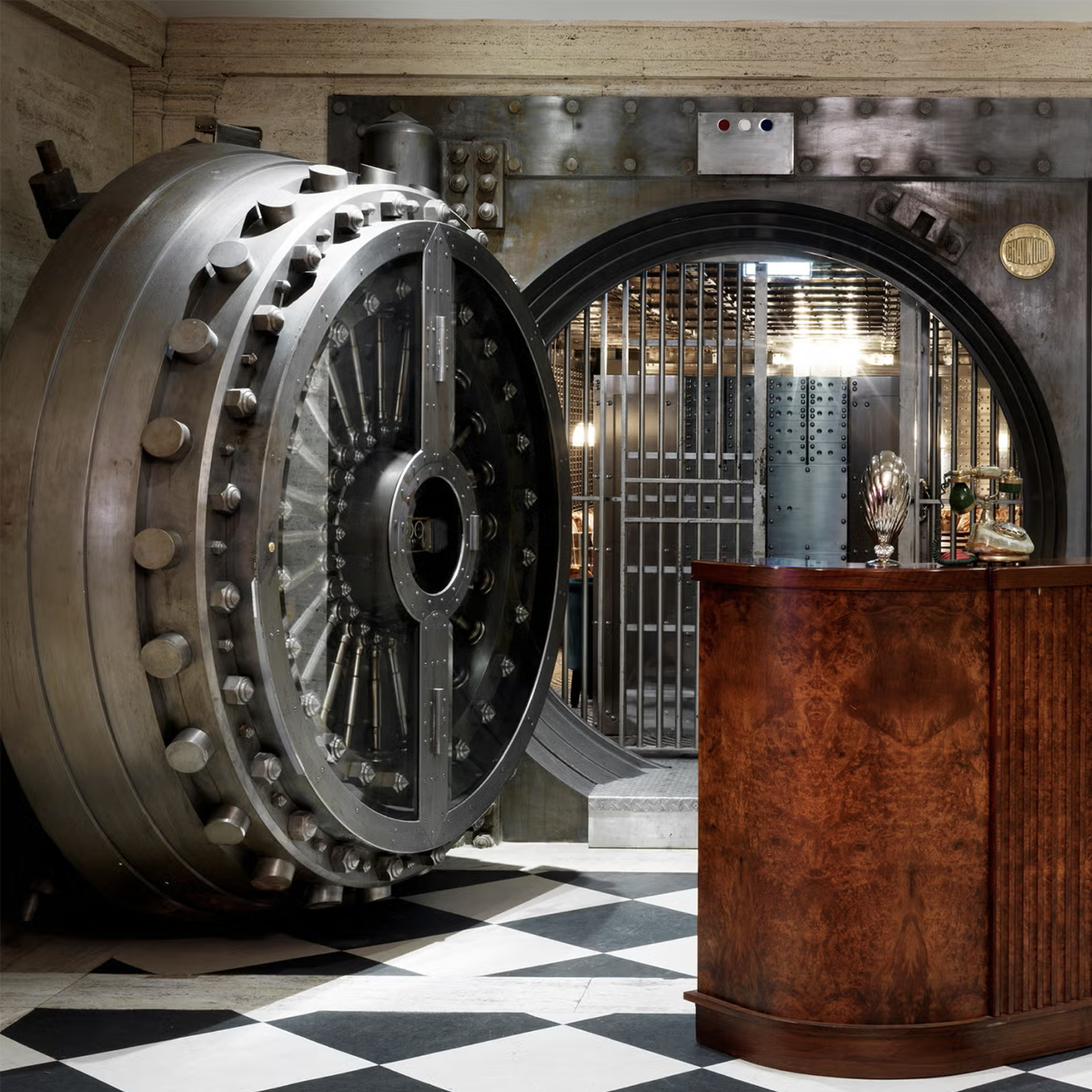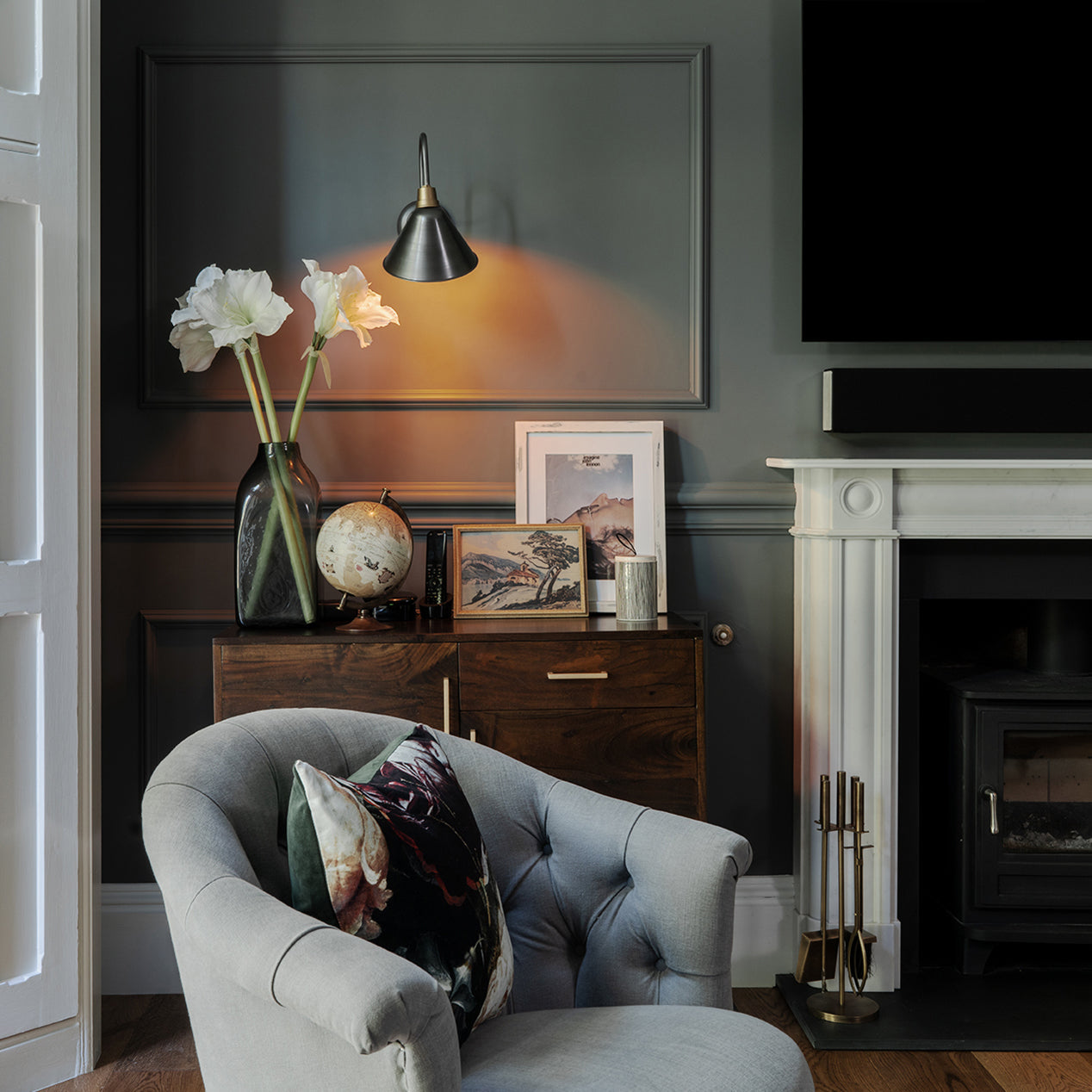THROUGH THE FAWN LENS
How to Design the Best Home Gym: Balancing Aesthetics and Practicality
Image: Iron House Design
Finding the Perfect Space
The foundation of any great home gym begins with choosing the right location. Whether you're converting a spare bedroom, garage, or basement, consider these factors:
Natural light: Spaces with windows provide natural illumination and ventilation, creating a more energising environment. If possible, position your workout area to take advantage of natural light while avoiding direct glare on screens or mirrors.
Room dimensions: Assess the available square metreage honestly. A compact, well-organised space often works better than a larger, poorly planned one. As a general rule, allow at least 20 square metres for a comprehensive setup, though smaller spaces can work with careful equipment selection.
Ceiling height: Overhead clearance matters, particularly for exercises involving jumping or overhead movements. A minimum of 2.4 metres is recommended, with 3 metres being ideal for accommodating taller equipment and dynamic movements.
Thoughtful Layout Planning
A well-designed layout enhances both the aesthetics and functionality of your home gym:
Zoning principles: Create distinct areas for different activity types - cardiovascular, strength training, flexibility/mobility, and recovery. This organisation makes the space more intuitive to navigate and creates visual order.
Equipment placement: Position larger machines against walls to maximise floor space. Create a central open area for free movement exercises. Consider the natural flow of your typical workout sequence when arranging equipment.
Mirror placement: Strategically placed mirrors serve both practical and aesthetic purposes. They allow you to check form during exercises while visually expanding the space and reflecting light.
Flooring Solutions
Flooring forms both the literal and visual foundation of your gym:
Functional considerations: Your flooring must absorb impact, provide adequate traction, and protect your subfloor. Interlocking rubber tiles (12-15mm thickness) offer excellent durability and shock absorption for most activities.
Aesthetic options: Today's gym flooring comes in various colours and textures. Consider two-tone layouts or borders to define different zones while maintaining visual cohesion. For a more upscale look, composite flooring systems combine rubber with engineered wood-look surfaces.
Transitional areas: Where your gym flooring meets other home flooring, use bevelled edges or threshold strips for a polished transition that prevents tripping hazards.

Image: Pent Fitness
Equipment Selection: Form Meets Function
Choosing equipment that complements your space visually while meeting your fitness needs:
Space-efficient solutions: Multi-functional equipment reduces clutter and maximises utility. Consider adjustable benches, modular rack systems, and stackable weights.
Aesthetic consistency: Select equipment with complementary colour schemes and materials. Many manufacturers now offer customisation options for upholstery colours and frame finishes.
Statement pieces: Choose one or two visually striking items as focal points—perhaps a beautifully crafted wooden gymnastic set or a sleek, modern cardio machine. These can serve as both functional equipment and design elements.
Lighting Strategies
Proper lighting transforms both the functionality and mood of your gym:
Layered approach: Combine ambient overhead lighting with task lighting near specific workout stations. Adjustable intensity allows you to energise or calm the space depending on your activity.
Colour temperature: Cooler, daylight-spectrum lighting (5000-6500K) promotes alertness and energy for high-intensity workouts, while warmer tones (2700-3000K) can be better for yoga or recovery sessions.
Feature lighting: Consider LED strip lighting along architectural features or behind mirrors for a contemporary aesthetic that adds dimension without harsh shadows.
Wall Treatments and Visual Motivation
Your gym walls offer both practical surfaces and design opportunities:
Durable finishes: Choose moisture-resistant paint in semi-gloss or satin finishes that can withstand increased humidity and be easily wiped clean.
Colour psychology: Deep blues and greens promote concentration and calm, while energetic reds and oranges can stimulate high-intensity performance. Consider your primary workout styles when choosing a palette.
Motivational elements: Rather than generic motivational phrases, consider personalised visual elements - perhaps a custom mural, framed photographs of inspiring locations, or a tasteful display of your fitness achievements.
Storage Solutions
Organised storage maintains both functionality and visual appeal:
Wall-mounted systems: Vertical storage maximises floor space while keeping equipment accessible. Consider adjustable shelving, weight plate storage pins, and hook systems that can evolve with your equipment collection.
Concealed options: For a cleaner aesthetic, incorporate cabinets or storage benches that hide smaller items while providing additional seating or surfaces.
Accessory organisation: Dedicated storage for smaller items—resistance bands, skipping ropes, and training accessories—prevents visual clutter and makes your routine more efficient.
Creating a Dedicated Yoga and Pilates Wellness Zone
Incorporating a specialised area for mind-body practices elevates your home gym experience:
Spatial considerations: Designate a quiet corner or section of your gym for yoga and Pilates that feels visually separate from high-intensity areas. This mental division helps transition between workout modalities.
Flooring refinements: While rubber flooring works for general exercise, consider layered solutions for your wellness zone. A removable bamboo platform or cork tiles over rubber provides a warmer, more grounding surface that's still stable for balance postures.
Atmospheric elements: Create a distinct sensory experience with adjustable lighting that can be dimmed for restorative practices. Wall-mounted dimmable sconces or floor lamps with warm-toned bulbs create a calming ambience.
Equipment storage: Vertical wall-mounted storage for yoga mats, blocks, and Pilates rings keeps accessories organised yet accessible. Consider beautiful wooden or bamboo holders that enhance rather than detract from the serene aesthetic.
Visual calmness: Minimise visual clutter in this zone with hidden storage and simplified décor. A single piece of calming artwork or a small plant collection creates focus without distraction.
Acoustic considerations: If possible, incorporate sound-dampening elements like textured wall panels or area rugs to absorb noise from other parts of the home, creating a more immersive practice environment.
Technology Integration
Modern home gyms benefit from thoughtful tech integration:
Entertainment positioning: Mount screens at eye level for optimal viewing during cardio sessions, ensuring cables are concealed and connections are accessible but unobtrusive.
Sound systems: Consider multi-zone audio that allows you to control volume and selection in different areas. Wireless or ceiling-mounted speakers maintain clean lines while providing motivating sound.
Smart home features: Integrate lighting, temperature control, and entertainment systems for one-touch workout settings that instantly prepare your environment.
Ventilation and Temperature Control
Climate considerations significantly impact workout comfort:
Air circulation: Proper ventilation removes excess humidity and maintains air quality. Ceiling fans work well in higher-ceiling spaces, while strategic window placement can create natural cross-ventilation.
Temperature regulation: The ideal workout temperature typically ranges from 18-21°C. Consider dedicated climate control options like split-system air conditioning if your space tends to run too hot or cold.
Humidity management: In basement or garage gyms, dehumidifiers help prevent equipment rust and maintain comfortable workout conditions.
Personal Touches
The finishing aesthetic elements make your gym uniquely yours:
Brand curation: Instead of a mismatched collection of equipment brands, consider visual cohesion by selecting complementary lines or customising with consistent accent colours.
Botanical elements: Incorporate air-purifying plants in areas with adequate light. They improve air quality while adding organic texture to the space.
Scent strategy: Essential oil diffusers with energising scents like citrus or mint can enhance workout focus, while lavender or cedar work well for cool-down areas.
Maintenance Considerations in Design
Build easy maintenance into your design from the start:
Cleaning stations: Incorporate a dedicated area with disinfectant spray, microfibre cloths, and hand sanitiser to encourage regular equipment maintenance.
Material selection: Choose surfaces and equipment with antimicrobial properties where possible, particularly for high-touch areas and floor mats.
Ventilation scheduling: Consider automated systems that refresh air after workouts, reducing moisture and odour buildup.
Conclusion
A well-designed home gym balances aesthetic appeal with practical functionality to create a space that motivates consistent use. By thoughtfully considering layout, materials, lighting, and personal details, you can create a gym that's not just a training space but a highlight of your home that encourages your fitness journey every day.
Remember that the most beautiful gym is ultimately the one you'll use regularly - so prioritise the elements that will keep you returning to your workouts while creating a space that reflects your personal style and fitness aspirations.
MORE FROM THE FAWN DESIGN CIRCLE

From Banks to Boutiques: Former Bank Buildings Across the UK Now Luxury Hotels
DIVE INTO MORE DESIGN STORIES

Portfolio Styling: How Designers and Architects Can Attract Bigger Clients


